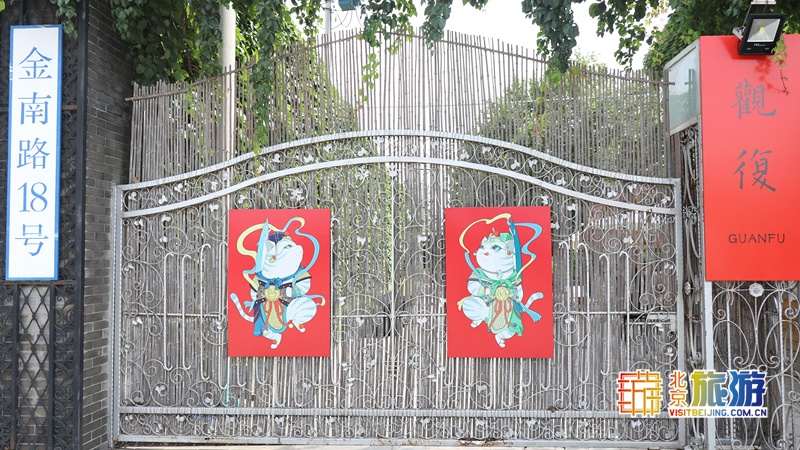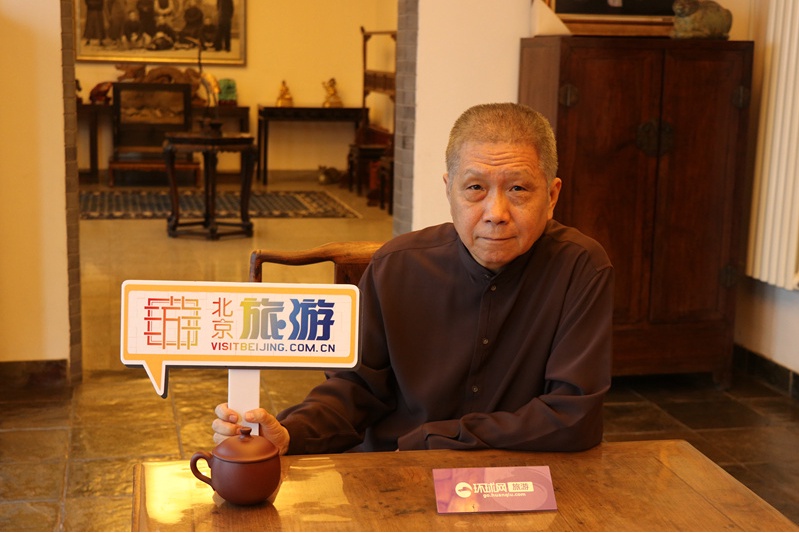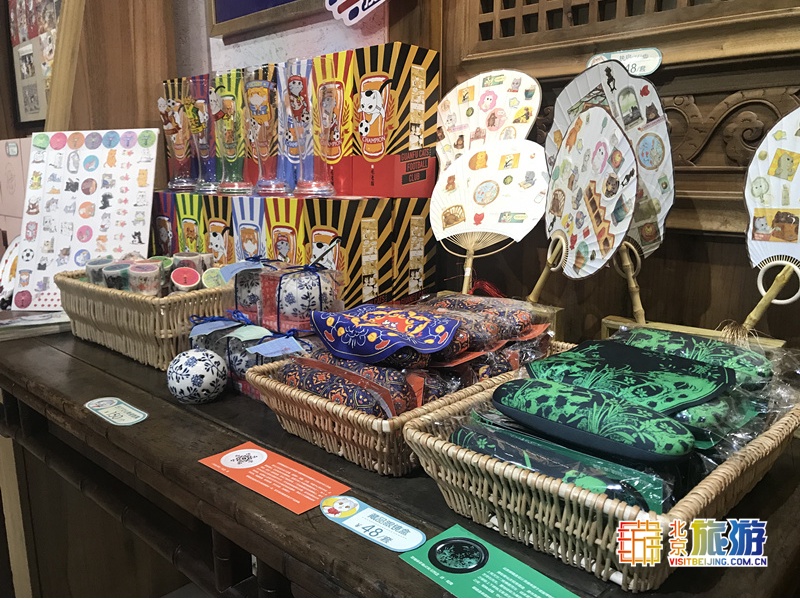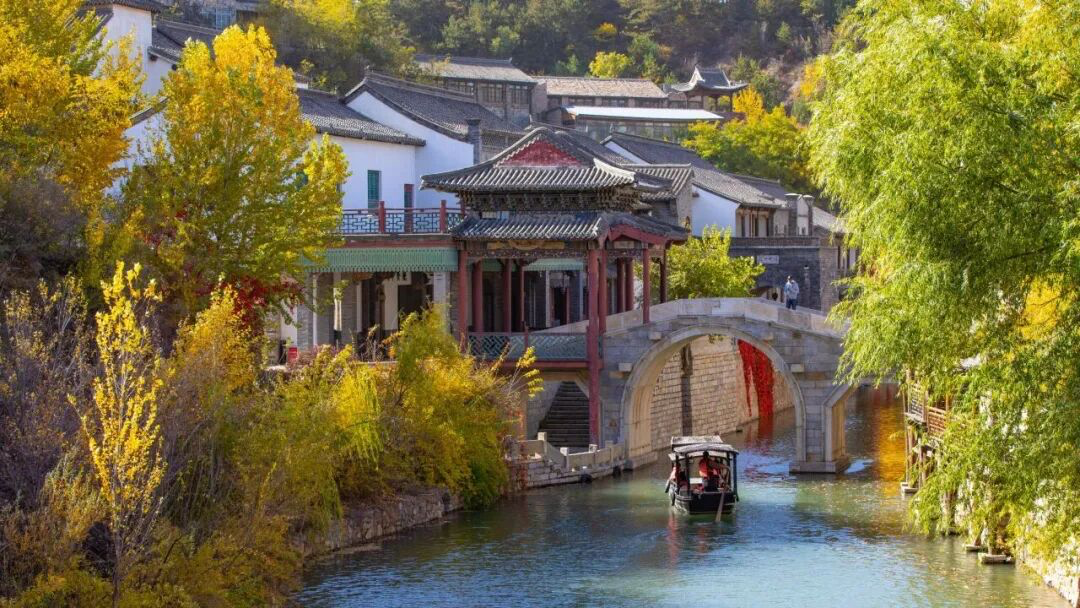Sitting in Jinzhan, a township within the sprawling Chaoyang District, the sophisticated and fashionable Guanfu Museum positions itself as a summary of Chinese culture and history.

Though there are more than 2,000 private museums in China, Guangfu remains one in a league of its own, with remarkable and unforgettable footprints---all attributed to being the first privately owned museum of classical art.
Opened in 1997, the museum, which as of now, has already spread its wings to Shanghai and Xiamen cities has extremely wonderful galleries filled with Chinese antiquities giving visitors a rare opportunity to enjoy hundreds of artifacts including gold, Buddhist art, furniture, silk and impressive ceramic collection.
The museum is divided into several exhibition halls, including pottery, furniture, oil painting, art and craft and door and window frame.
It also offers, through its souvenir shop, various ranges of products which inherit traditional Chinese culture representing the artistic style such as household items, clothing, office products and books.

Mr. Wa Weidu, the founder of the museum says the historical building is also a great destination for various types of seminars and exhibitions.
With number of annual visitors hitting more than one million, according to the founder, the institution serves as an important bridge establishing communication between the historical and present values, pursuing a cultural diversity and eventually leading to the convergence of Chinese civilization.
As number of visitors is exceedingly increasing, mismatching the institution’s capacity, Mr Wa says there is a plan to put in a place another building within the next three years to help accommodating the growing number of visitors.
Being, a privately owned, non-profit organization and financially self-reliant, Mr Wa notes that they have faced monetary challenges but they can self-support which is rare in most of Chinese museums.

The institution’s sources of revenues include entrance tickets, TV and radio programmes focusing on cultural products and lectures.
On future plans, the founder explains that they are sketching out strategies for establishing a new museum with contemporary services--giving visitors opportunities for extra relaxation and make a place more convenient, affectionate and trusting.
Christophe Oswero contributes to the article. The ideas expressed are the author's alone, and do not represent the position of our website.



